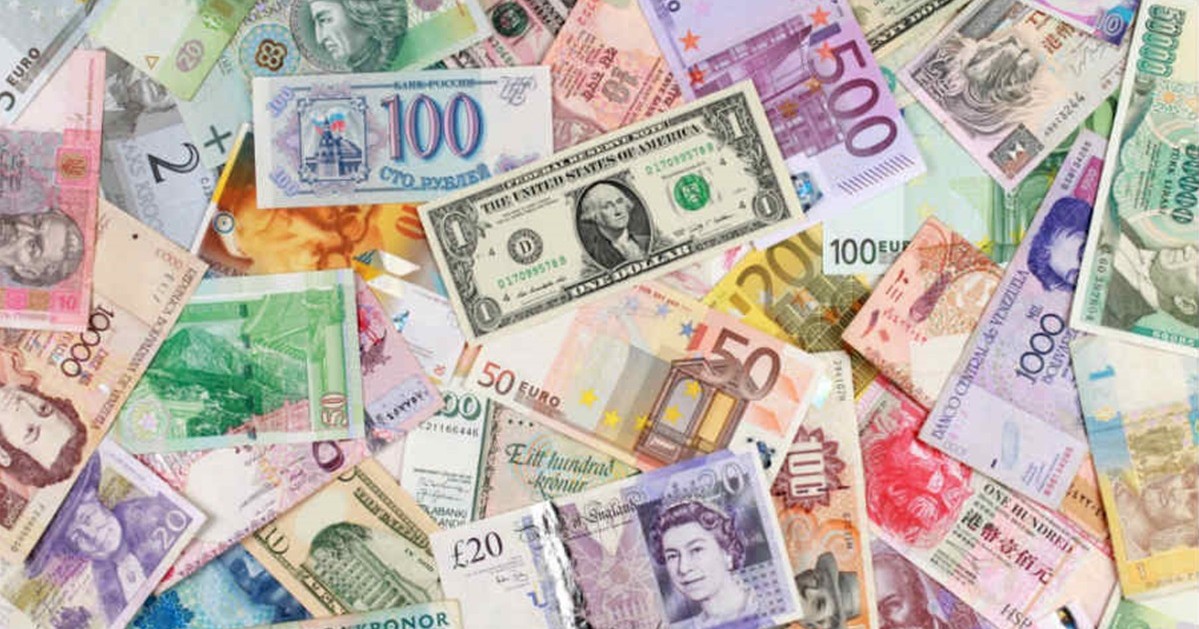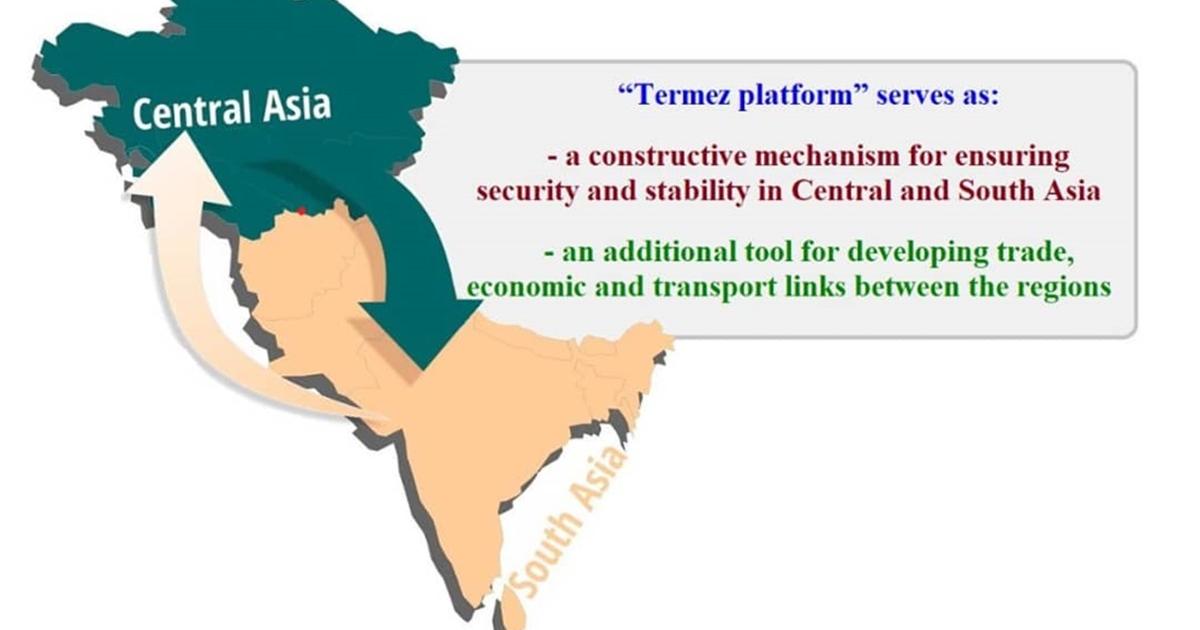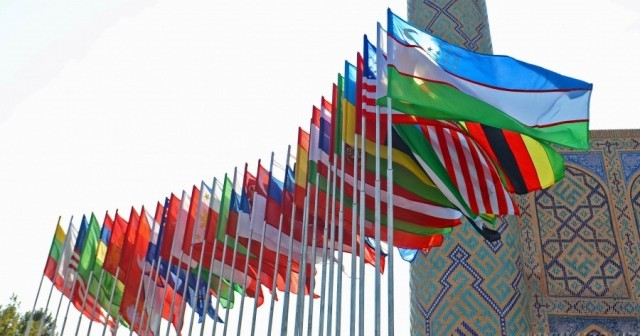
As the COVID-19 spreads rapidly worldwide, with immense efforts to contain the virus, economists are unable to accurately estimate how the tragic pandemic would impact the global economy. Many economic reports have revised their projections of economic growth into more pessimistic outlooks.
Apart from the tragic human consequences of the COVID-19 pandemic, the economic uncertainty it has sparked will harmfully impact the global economy in 2020 and its consequences may last for several years in many economies across the world. On 9 March, the UN’s trade and development agency, UNCTAD, said the novel coronavirus will likely cost the global economy USD 2 trillion this year. The agency reported that the world financial markets tumbled over concerns about supply-chain interruptions from China, and oil price uncertainty among major producers. It warned that few, or no, countries were likely to be left unscathed by the outbreak’s financial ramifications.
The Organisation for Economic Co-operation and Development (OECD) predicted that COVID-19 will lower global GDP growth by one-half a percentage point for 2020 (from 2.9 to 2.4 percent). Meanwhile, Bloomberg Economics warns that full-year GDP growth could fall to zero in a worst-case pandemic scenario.As a result of depressed activity, the United Nations projects that foreign direct investment flows could fall between 5 and 15 percent to their lowest levels since the 2008-2009 global financial crisis. Experts say that the pandemic has generated both demand and supply shocks reverberating across the global economy. The economic risks in various sectors may be mild, moderate or severe based on several factors.
The global value chain, in which China plays a crucial role, is being seriously disrupted by COVID-19 and large adverse economic effects are expected around across the globe.
UNCTAD stresses that “There’s a degree of anxiety now that is well beyond the health scares which are is very serious and concerning.” Economists expect that there is a real risk that the spread of COVID-19 will be more serious than the world is currently estimating. Furthermore, there is an additional risk that this economic crisis could lead to liquidity problems at businesses around the world, which would threaten financial stability. Therefore, in addition to their efforts to contain the pandemic from a medical perspective, robust responses from governments and central banks should be taken to prevent the virus crisis from becoming a financial crisis as well.
China’s Economy
Being the epicentre of the virus, the most negative effects of COVID-19 have initially been felt in China. Since the share of the Chinese economy in the total global economy is currently nearing 20 per cent, the effects on China’s economy would extend to hit the economies of many countries around the world. The Chinese industrial and service sectors are both hit hard because workers and customers are staying at home. Exports have also fallen sharply, with recent figures showing that the country’s value of exports fell by 17% in January and February this year compared to the same period in 2019. The global economic impact of COVID-19 will certainly be greater than that of the SARS epidemic in 2002/2003 when China’s share of the global economy was only nine per cent.
The disruption of international trade caused by the coronavirus in combination with the disrupting effects of US-China trade tensions may prompt international businesses to diversify their production across several countries.
However, as China announced it was able to contain the spread of the novel coronavirus, experts expect that the country will also be able to rectify the negative impact on its economy, although this may not be easy considering the significant increase of infections across the globe. The senior UN economist, Kozul-Wright, said that the Chinese government would likely introduce significant “expansionary measures,” shorthand for increasing spending or tax cuts.The recovery of the Chinese economy will depend on the ability of other countries to contain the virus, especially those countries with close economic relationships with Chinaand the countries in which the virus is spreading rapidly.
The US Economy
At the beginning of 2020, the US economic picture was very bright with unemployment at a 50-year low, strong wage growth, and record optimism among small businesses. As the country with the sixth-largest number of confirmed COVID-19 cases, at the time of writing this, the outlook of the strongest economy in the world does not seem to be favourable as well. While a UN economist suspected that will respond in a way other than simply cutting taxes and reducing interest rates because the country is in an election year, the central bank adjusted its target range for the federal funds rate to 0% - 0.25% to support the economy.This move is likely ensued by the announcement of a recession, which will disproportionately impact low-income earners with minorities likely bearing the brunt of the economic impact of coronavirus.
The EU Economy
Towards the end of 2019, the economy of several European countries had not been performing well, even before the discovery of COVID-19. Right now, the EU economy is experiencing serious challenges that combine the consequences of the stress the regions witnessed over the past few years and the recession imposed by the current pandemic. Major European economies will experience dislocations as the virus spreads and countries adopt restrictive responses that curb manufacturing activity at regional hubs, including in Northern Italy, the country which is unable to control or slowdown the spread of the virus, causing the death toll to exceed that which is recorded in China.
The United Nations projects that foreign direct investment flows could fall between 5 and 15 percent to their lowest levels since the 2008-2009 global financial crisis.
Emerging Markets
Among the most affected economies of the COVID-19 outbreak are those classified as emerging markets, especially in Southeast Asia. On the one hand, many Southeast Asian countries depend heavily on China in terms of trade operations while, on the other hand, they are also physically at greater risk of a more widespread outbreak. The good news is that these countries are employing strict measures, which have been quite successful in containing the outbreak, such as South Korea and Singapore. Thailand, Malaysia and Indonesia have relatively low numbers of cases and their governments are restricting the movement of people hoping to contain the spread of the pandemic.
Experts expect the currencies of emerging markets and the prices of raw materials to continue to be highly volatile in the coming period as a result of the general negative sentiment due to COVID-19.
Other emerging markets that rely on exports of raw materials such as Brazil, Russia and Chile are facing a drop in income from their principal export products, as the prices of many commodities have declined substantially since the virus outbreak. This also includes most of the so-called least developed countries, whose economies are driven by the sale of raw materials. Besides, the currencies of emerging countries are also under pressure, as investors are reducing risk in their portfolios due to the negative sentiment worldwide and are accordingly reducing their holdings in emerging markets to some extent. Such a situation makes it difficult for many emerging economies to service their foreign currency debt.
Affected Industries
At the sectoral level, tourism and travel-related industries will be among the hardest hit as authorities encourage social distancing and consumers stay at home. The International Air Transport Association warns that COVID-19 could cost global air carriers between USD 63 billion and USD 113 billion in revenue in 2020. Hotels, restaurants, sporting events and entertainment producers are also among the most affected businesses, and this condition is expected to last at least until a global containment of the pandemic is announced. The moderate risk may be attributed to agriculture and truckinggiven that some food still needs to be produced and then moved to stores. Manufacturing where factories are fully automated may be mildly affected since no high social interaction is needed.
“This is no longer only a global health crisis; it is also a major labour market and economic crisis that is having a huge impact on people. In 2008, the world presented a united front to address the consequences of the global financial crisis, and the worst was averted. We need that kind of leadership and resolve now.” ILO Director-General
One of the scariest scenarios predicted as a result of the economic and labour crisis created by the COVID-19 pandemic couldincrease global unemployment by almost 25 million, according to a new assessment by the International Labour Organisation (ILO). But this scenario would be avoided and the figure could be reduced. In this regard, a few days after their initial report, the ILO said that an internationally-coordinated policy response—as happened in the 2008 financial crisis—could significantly lower the impact on global unemployment. Hence, on 18 March, the ILO offered a range of urgent measures, which, if governments act quickly, can help to protect workers in the workplace, stimulate the economy and save millions of jobs.
Given the global response to the COVID-19 pandemic, lessons from past experiences seem to be valuable in directing global efforts towards minimising the tragic effects of the novel coronavirus on both the healthcare and economic sectors. Obviously, the future of the global economy depends on the future of the virus. The optimistic end of the forecast spectrum would be based on a treatment shown to be effective, with a widespread resumption of life as normal in a couple of months. Until then, businesses need to be ready for a prolonged period of weak sales, while also ready to jump forward in a reviving economy.
- Business News 100
- Country News 16
- Feature News 30
- International News 150
- Interview News 34
- National News 18































